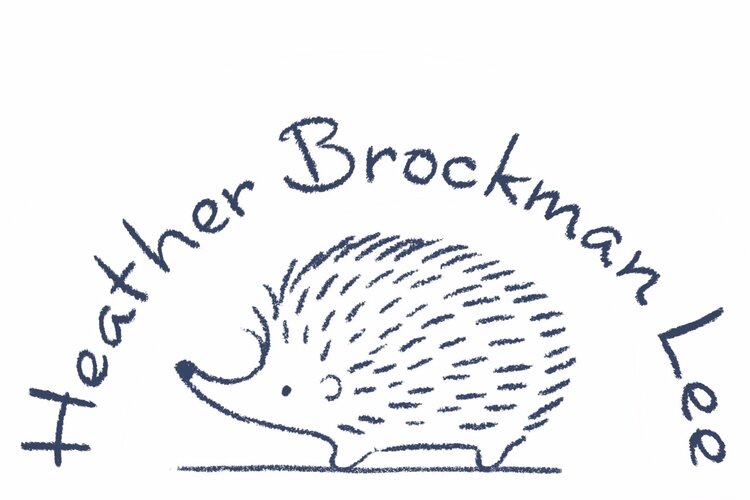Hello friends and welcome to my very first blog post! I want to start out today talking about the process I use to create most of my paintings. I often hear illustrators asked if they work traditionally or digitally, and there is certainly no wrong answer to this. I adore many illustrations that were made either completely digitally or with traditional methods. In the end, the principles of good illustration are the same. But my personal answer to that question is WHY NOT BOTH? I love using digital tools to streamline my process, correct mistakes and elevate the image in general- but when it comes time to sit down and paint, I much prefer to work on paper. There are a lot of reasons for that- my background in fine art, my wrist and eye health, and maybe most of all my love for experimenting with different papers and supplies. I will talk a lot more about paper specifically in future blog posts because I think it is the unsung hero of art making. But for now, I want to lay out my basic process for creating a painting (including the ones in my upcoming picture books)- I hope you enjoy!
Running Into Spring
Everything starts in my sketchbook, whether it’s scribbled thumbnails or something more finished like this piece, which was inspired by the way Colorado has many more than four seasons, often in the same week. (Like around 20?) I think better on paper so most of my brainstorming happens with a pencil.
Next, I like to refine the sketch on my iPad. Procreate is great for this- you can select and resize, flip the image to check the composition and figure out your palette. Once I’m happy with the line drawing, I’ll often block in color. It’s an extra step, but it helps me to figure out the palette and values beforehand so I’m not guessing once I go to paint.
This is also a great way to check that the values are working.
Next, I print out the sketch to the size I want to paint. If I am working on a picture book, I might need to print out several sheets and tile them together to get the correct size. Here, I’m just using what fits on an 11”x17” piece of recycled printer paper.
Speaking of paper… now I get to choose what kind to paint on! I obviously have lots of options, and for this painting I decided on a cream colored printmaking paper. It’s soft and absorbent with no sizing, and I really like using watercolor and colored pencil on it.
I have a big light box my husband bought me from an architecture firm a few years ago for Christmas (he found me some great flat files too!) and I use it constantly for tracing sketches onto the paper.
This is my favorite part, the painting process. It never looks great at this stage, but I love the way the brush, paint and paper all interact. It’s very soothing.
For this method, I do a lot of details in colored pencil. I try not to overwork or hide the interesting variations in the paint.
Once I feel like it’s finished, it’s time to scan! I have a good scanner but it’s pretty small, so I have to scan in sections and end up with something like this:
Then I use the MAGIC of Photoshop’s photomerge feature to stitch it all together while I make a cup of tea!
Okay so, at this point I was going to tell you all that I use the clone stamp to clean up dust specks and the levels adjustment layer to tweak the values but… I realized I had a bigger problem. That shadow I had so much fun painting is shortening the distance between the girl and the snowy hills behind her. It kind of looks like a wall? If this were for a book, I would repaint the whole thing (or hopefully would have caught it much sooner in the sketch phase!) But since this is just a personal piece, I’ll use some more photoshop magic to select the shadow and tweak it so it looks like there is more distance.
There! Smack my logo on it and it’s ready to post on instagram or a blog! Thanks for sticking with me this far. I hope you all enjoyed this sneak-peek into my studio and if you are a creative person too, I’d love to hear something about your process in the comments!











